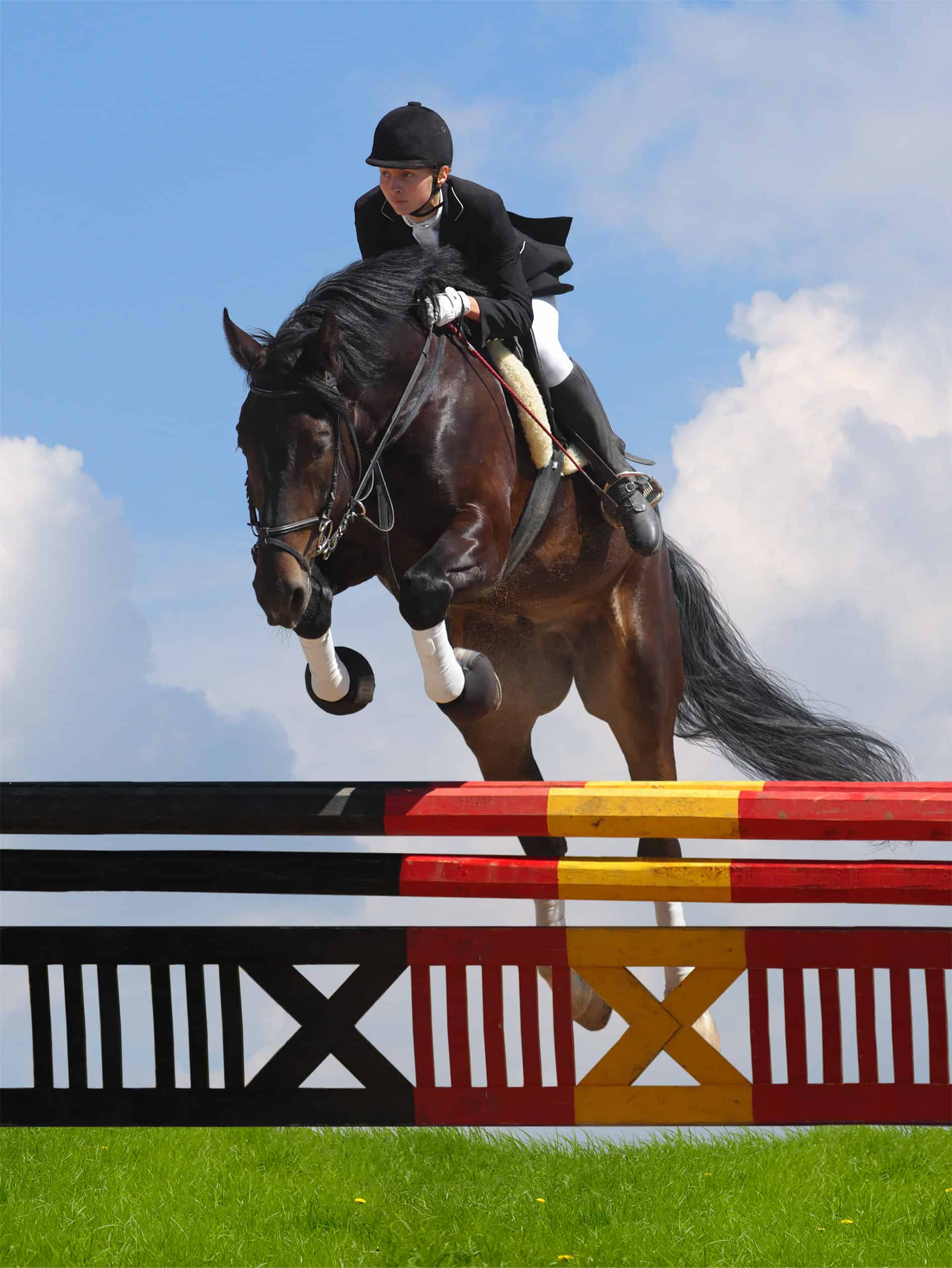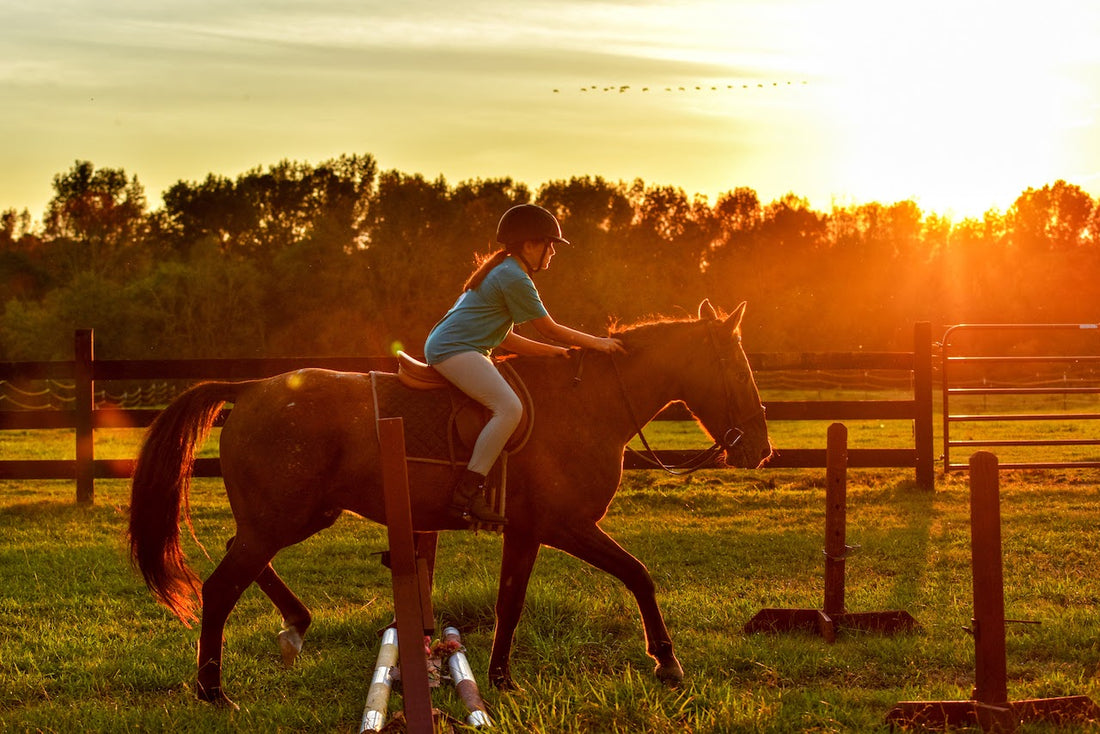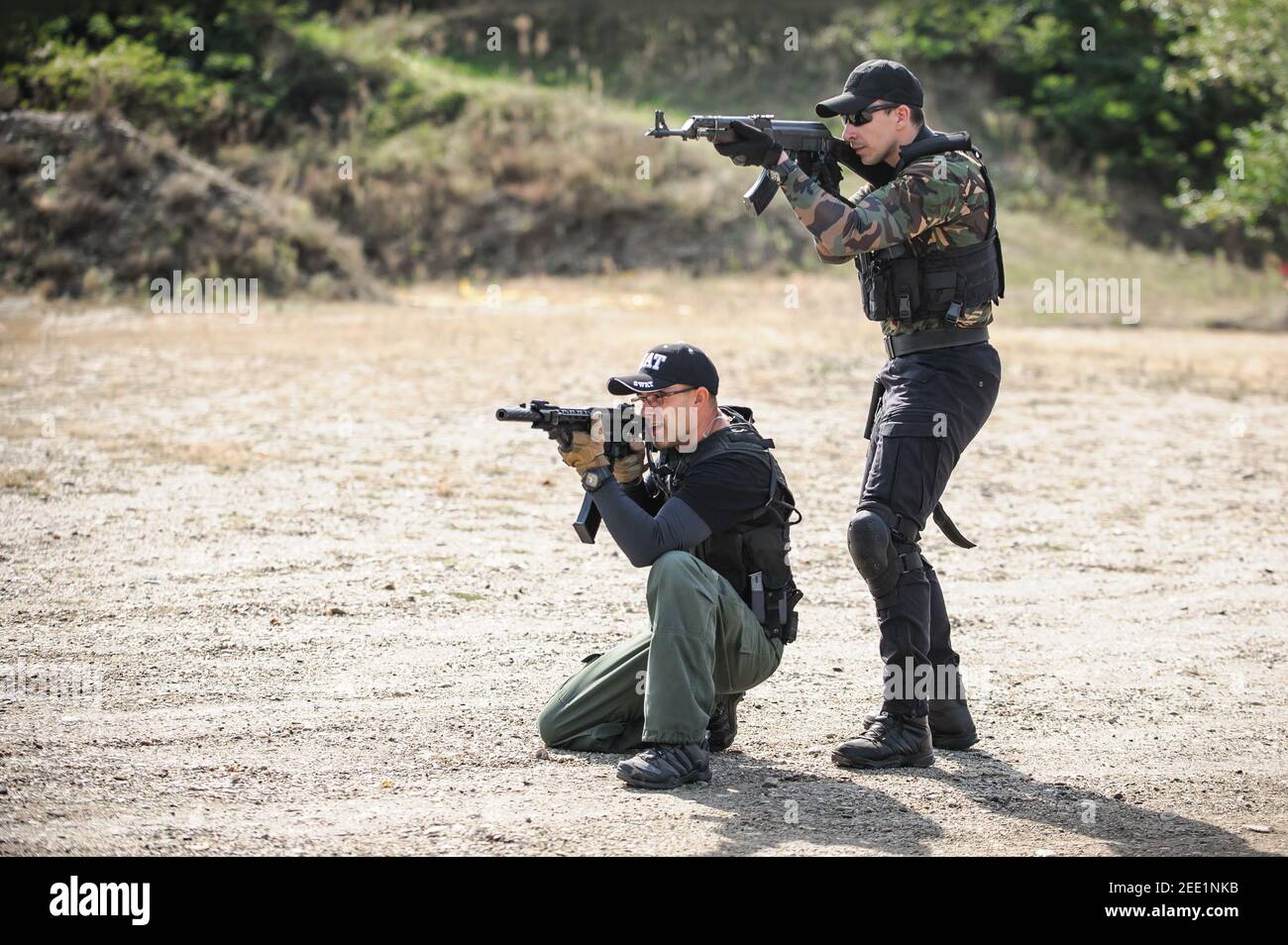
Mastering Equestrian Riding Styles for Graceful Performance
Equestrian riding is a captivating blend of athleticism, communication, and artistry. To truly excel in this discipline, riders must not only forge a deep connection with their equine partners but also master various riding styles that showcase grace, precision, and harmony. Explore the world of equestrian riding styles and the journey to becoming a skilled rider.
Understanding the Basics: The Foundation of Equestrian Mastery
At the core of mastering equestrian riding styles lies a solid understanding of the basics. Riders must develop a strong seat, balance, and effective use of aids. These fundamental skills serve as the foundation for executing advanced maneuvers and riding in various styles. Establishing a secure and balanced position allows riders to communicate seamlessly with their horses.
For valuable insights and tips on mastering Equestrian Riding Styles, consider exploring Equestrian Riding Styles. This resource provides practical guidance for riders at all levels.
Dressage: The Art of Refined Movements
Dressage, often referred to as “horse ballet,” is an equestrian riding style that emphasizes precision, elegance, and harmony. Riders guide their horses through a series of predetermined movements, showcasing the animal’s responsiveness and suppleness. Achieving excellence in dressage requires riders to perfect their aids, maintain a consistent rhythm, and convey a sense of unity with the horse.
Show Jumping: The Thrill of Precision and Agility
Show jumping is a dynamic equestrian riding style that combines speed, accuracy, and courage. Riders guide their horses through a course of obstacles, aiming to clear jumps without knocking down rails. Successful show jumping requires a strong partnership between horse and rider, quick decision-making, and precise control. The thrill of soaring over obstacles highlights the athleticism of both.
Cross-Country: Navigating Natural Terrain with Finesse
Cross-country riding immerses riders in the beauty of natural terrain, testing their skills in navigating obstacles like water jumps, ditches, and banks. This equestrian riding style demands courage, adaptability, and strategic planning. Riders must assess the course, choose the optimal lines, and adjust their pace to conquer diverse challenges. Cross-country is a thrilling test of horse and rider teamwork.
Western Riding: Embracing Tradition and Practicality
Rooted in tradition and practicality, Western riding is a distinctive equestrian style known for its relaxed demeanor and focus on cattle work. Riders in Western disciplines often use a single hand on the reins, emphasizing neck reining and a loose rein contact. The iconic Western saddle provides comfort for long hours in the saddle, making it well-suited for ranch work and trail riding.
Hunter Equitation: The Pursuit of Graceful Form and Function
Hunter equitation is an equestrian riding style that blends form and function. Commonly seen in hunter/jumper competitions, this style prioritizes a rider’s position, balance, and the horse’s smooth, even pace. Judges evaluate both horse and rider based on their overall performance, including jumping style, consistency, and the rider’s ability to convey an effortless and harmonious partnership.
Endurance Riding: Mastering Long-Distance Challenges
Endurance riding is an equestrian discipline that tests the stamina, endurance, and fitness of both horse and rider over long distances. Covering varied terrain, endurance riders aim to complete a set course within a specified time. Successful endurance riding requires meticulous preparation, strategic pacing, and a strong bond between horse and rider.
Polo: The Fast-Paced Team Sport on Horseback
Polo is a team sport played on horseback, combining speed, precision, and teamwork. Riders use mallets to score goals, showcasing exceptional horsemanship and strategic maneuvering. Mastering polo involves not only riding skill but also a deep understanding of the game’s dynamics and effective communication with teammates.
Vaulting: Gymnastics on Horseback
Vaulting is a unique equestrian riding style that blends gymnastics and dance on horseback. Performers, known as vaulters, execute acrobatic movements while the horse moves in a circle. Vaulting emphasizes balance, flexibility, and coordination. The horse’s consistent rhythm and the vaulter’s ability to perform intricate maneuvers contribute to the artistry of this captivating equestrian discipline.
Para-Equestrian: Overcoming Challenges with Determination
Para-equestrian riding styles encompass various disciplines tailored to riders with disabilities. These include dressage, show jumping, and para-dressage. Athletes in para-equestrian competitions showcase incredible skill, determination, and the unbreakable bond between rider and horse. The adaptive nature of para-equestrian styles highlights the inclusivity and diversity within the equestrian community.
Conclusion: A Lifelong Journey of Mastery
Mastering equestrian riding styles is a lifelong journey, where riders continually refine their skills, deepen their connections with horses, and embrace the diverse disciplines within the equestrian world. Whether pursuing the precision of dressage, the thrill of show jumping, or the harmony of Western riding, each style offers its own unique challenges and rewards. The true essence of mastery lies not just in technical prowess but in the artistry and partnership forged between rider and horse.




